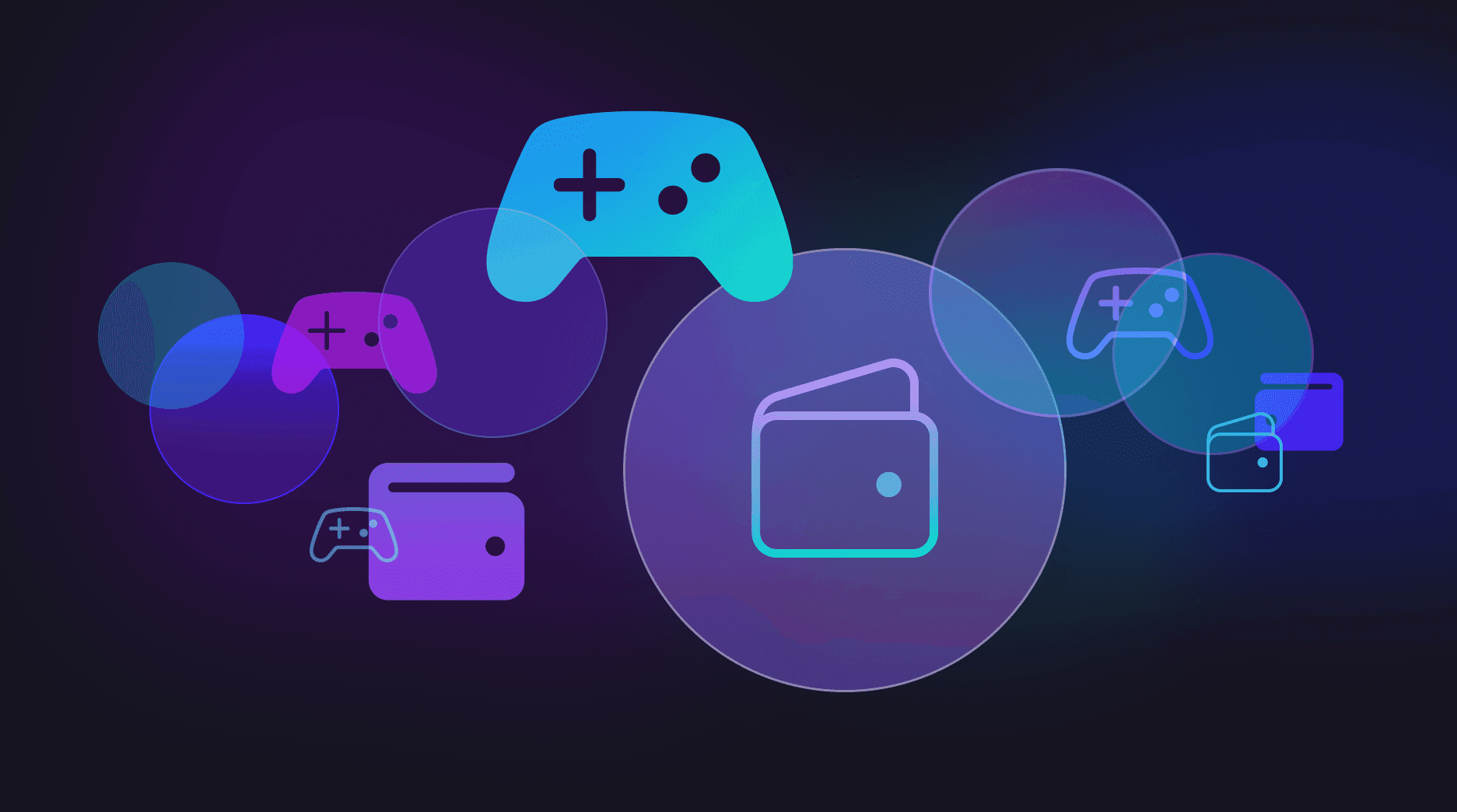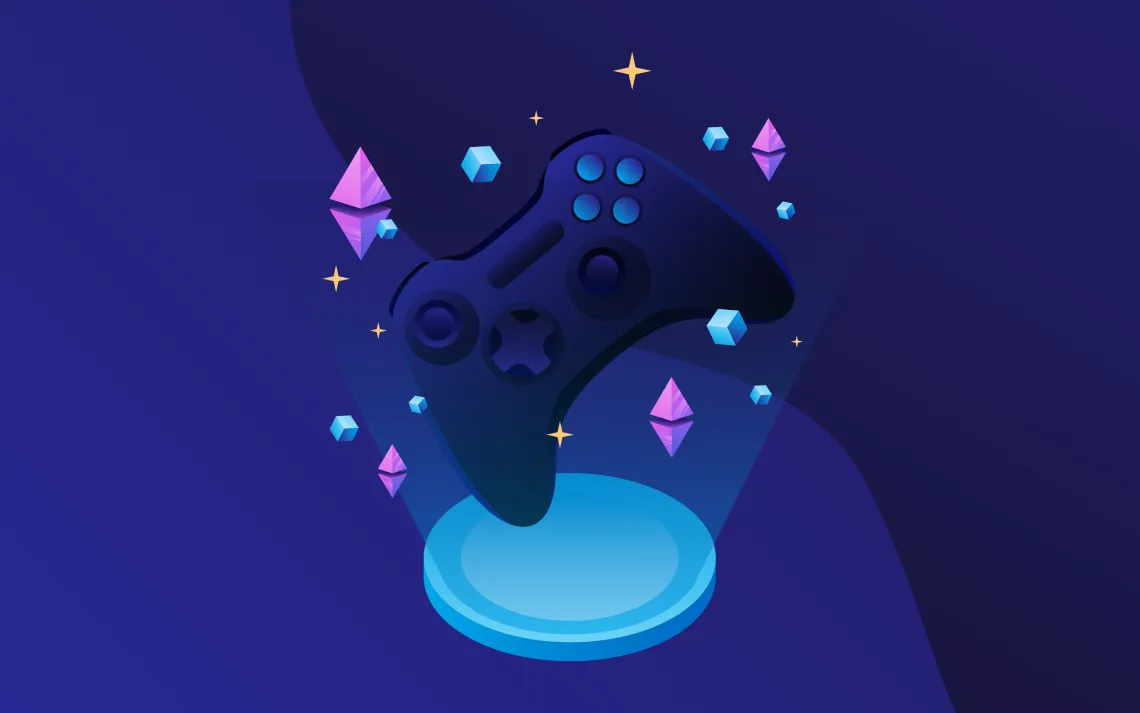In the dynamic landscape of modern gaming, the advent of web3 technologies has ushered in a new era where player-driven economies and secondary marketplaces play a pivotal role in shaping gaming experiences.
This article dives into the transformative impact of web3 on gaming ecosystems, exploring how decentralized technologies and blockchain innovation empower players to not only influence in-game economies but also actively participate in vibrant secondary markets.
From virtual assets to unique in-game items, the intersection of web3 and player-driven economies opens up unprecedented opportunities, redefining the way we perceive and engage with gaming ecosystems.

Traditional Gaming
In the gaming industry, video game publishers have historically maintained stringent control over in-game economies, dictating player ownership terms.
Unfortunately, incidents like the OPSkins debacle in 2018, where Valve abruptly terminated trading bots, causing players to lose $2 million worth of rare cosmetic items, highlight the vulnerability of players. Additionally, the sudden shutdown of World of Warcraft in China wiped out 3 million player accounts overnight, underscoring the lack of real ownership players have over in-game items.

This reality exposes the harsh truth that, despite players investing significant time and effort in acquiring rare gear or building characters, they lack genuine ownership. Game companies possess the authority to modify service terms, revoke access, delete items, or close entire virtual worlds, leaving gamers powerless and subject to centralized decision-making.
(1) Grey Markets
The concept of grey markets for in-game items has been a longstanding feature of the gaming industry. Secondary markets, extending beyond the sale of used games, gained prominence with platforms like IGE (Internet Gaming Entertainment) in 2001.
IGE capitalized on selling in-game items for real money, addressing the needs of players seeking World of Warcraft currency without extensive farming efforts. Despite attempts by game companies to ban "gold farming," the persistence of suppliers today indicates the resilience of secondary markets driven by demand for scarce or hard-to-earn game assets.

(2) Benefits of Blockchain
Blockchain technology emerges as a game-changer, providing gamers with secure ownership of in-game items. Shifting power back to gamers, blockchain ensures genuine ownership absent in traditional gaming models.
In-game items become permanent blockchain entries, existing securely and independently rather than as data on a centralized company server. With blockchain, game publishers lose unilateral rights over players' hard-earned in-game items, granting true ownership to the players.
(3) NFT Marketplaces
NFT marketplaces facilitate the buying, selling, or trading of in-game assets across multiple games. Platforms like the Immutable Marketplace connect players to a diverse array of digital items from different games within the Immutable ecosystem. Offerings range from rare character skins and unique weapons to virtual real estate parcels, avatar characters, and more.
For instance, TokenTrove, an NFT marketplace based on Immutable, allows users to purchase Gods Unchained cards, Illuvium land plots, and Habbo Hotel items, all represented as uniquely identifiable NFTs secured by blockchain technology.

The Role of Immutable?
Immutable (IMX) stands out for accelerating the transition toward player-driven gaming economies, unlocking this transformation through:
(i) True digital ownership of gaming assets
(ii) Open secondary markets and free trade of assets
(iii) Secure trading platforms and a seamless user experience
Immutable and similar platforms provide the necessary infrastructure for mainstream blockchain adoption, delivering user-friendly, gasless environments optimized for secondary markets. These platforms enable anyone to effortlessly buy, sell, or transfer gaming assets with minimal friction.

Final Thoughts
In summary, web3 technologies have reshaped the gaming landscape, offering players increased autonomy. Past incidents, like the sudden World of Warcraft shutdown in China, emphasized the precarious position of players subjected to decisions by centralized entities.
Gray markets, notably platforms like IGE, revealed a sustained demand for alternative avenues to obtain in-game assets. The pivotal development, however, stems from the integration of blockchain technology, providing players with genuine ownership and shielding their in-game items from arbitrary interventions by game companies.
NFT marketplaces, exemplified by platforms like Immutable Marketplace, further amplify the impact of web3 in gaming. Players can seamlessly trade assets across different games, breaking free from closed ecosystems.
Immutable's commitment to user-friendly, gasless environments indicates progress toward mainstream blockchain adoption, simplifying transactions in player-driven economies. In essence, the fusion of web3 and gaming marks a shift towards a more inclusive, empowered, and dynamic future for players globally.
This article was inspired by an original blog post from Immutable you can read the full post on their website here for more information.







